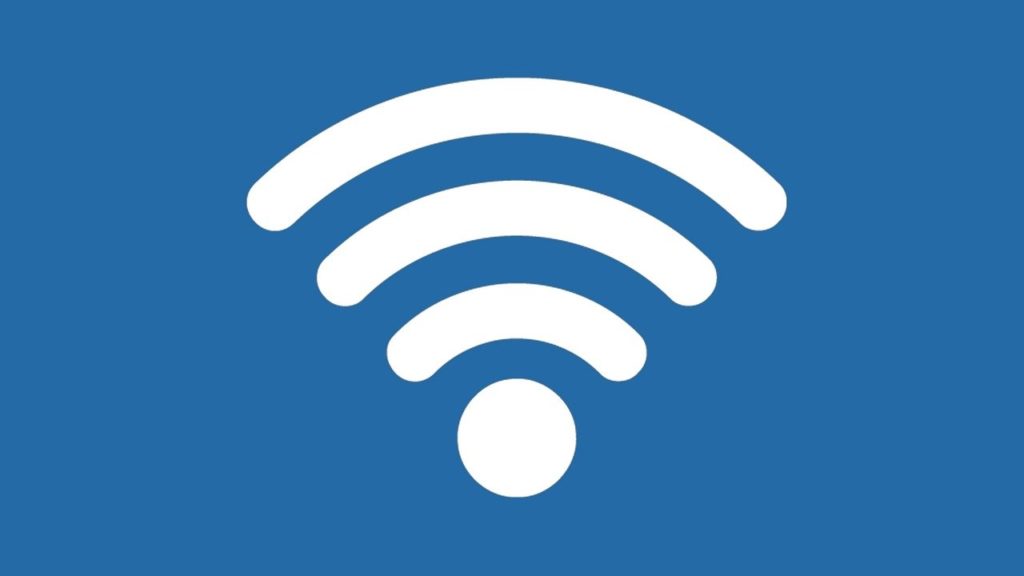What’s the most important technology resource in a business? If you guessed the Wi-Fi network, we think you’re absolutely right. We depend on Wi-Fi today more than ever, and most of us don’t know what to do if we lose our wireless connection. It’s true that not all business has to stop if the network goes down, but things get infinitely more complicated. In today’s enterprise environment, it’s imperative that businesses stay connected and maintain a strong Wi-Fi network.
To optimize your network, keep the following points in mind.
All Technology Impacts the Wi-Fi Network
Wi-Fi is a shared medium, which means that all Wi-Fi devices on the same channel share the same airspace. Because of this, only one device can transmit over the airspace at a time, albeit newer technologies like Wi-Fi 5 and Wi-Fi 6 have attempted to address this issue. Due to the sharing of airspace, one slow device can negatively impact other user’s experience, and too many devices trying to transmit at the same time can cause the same issue. Today, you should expect that every person in the office has 2-3 Wi-Fi devices, and this number is only expected to increase in upcoming years. This includes everything from watches to phones. If you’re noticing slower than expected Wi-Fi speeds, these personal devices may be the cause.
To protect your network and ensure that business related traffic has priority access to the airspace it needs, you need to identify all devices using the RF environment. Wireless environments are dynamic, constantly changing, so it’s best to monitor devices on a regular basis. Look for an analytics tool that provides 24/7 device recognition with historical forensics. This important capability enables IT to know exactly what is connected to the network, and identify which devices, if any, are causing issues.
Be aware that interference can come from non Wi-Fi-enabled devices, like Bluetooth devices or even microwaves. This makes it necessary to work with an analytics tool that will identify everything in the RF environment, not just Wi-Fi devices. Once you’ve identified all sources of interference, you can work on resolving issues.
Real life example: It’s not uncommon today for businesses to rely solely on wireless phones – not desk phones. In one company this was working fine, until a new projector and TV – both Wi-Fi-enabled – were installed in the conference room. Suddenly, everyone was having trouble with their phones, but no one was sure why. After conducting a network investigation, IT determined that the newly installed projector and TV were adding so much noise (traffic) to the airspace that it was impacting the phones. Know exactly what’s connected to your network and monitor devices’ impact before they have a chance to cause issues.
Wi-Fi Network Problems Can Take Days to Identify and Resolve
As we mentioned above, the wireless environment is dynamic. There are always new devices connecting, software updates, and hardware upgrades to consider. Things are always changing, and that means there’s always the chance for an issue to develop. When an issue is reported, IT teams have to try to recreate it, or search through thousands of captured packets to identify exactly what went wrong. Only then can they begin to work on resolution, and this can take hours or even days/weeks.
To avoid this, be consistent with network testing. Proactively testing the network enables IT to spot problems before they impact end users. As a bonus, there are analytics tools that will not only report a problem, but will automatically identify the specific area that failed and suggest resolutions. All of this decreases the mean time to resolution, and enables IT to focus on other business critical areas. Some of these solutions not only do this in real-time, but also have historical data over the past week or month. You can imagine how powerful being able to go back to the exact day and time a week ago to find a problem could be.
Network Security is Incredibly Important
There are numerous stories of businesses being hacked and the personal information of thousands of people suddenly being at risk. It’s no surprise that network security is of the utmost importance. At a basic level, keep private information secure by using different SSIDs. A SSID is the name of a Wi-Fi network and it’s common to use two or three:
- SSID 1: This network is usually WPA2 protected with enterprise-grade security. A WPA2/Enterprise network provides unique encryption keys for each wireless device. This network is for employees only.
- SSID 2: This is a guest network. It can also be password protected and/or you could require an acknowledged user policy.
- SSID 3: A catchall network for any other traffic, including IoT devices like smart lights, thermostats, or door locks. Be aware that many IoT devices don’t support enterprise grade security protocols. In such cases, one should try to use WPA2/Personal security along with network isolation, meaning separate network.
Be sure to regularly run network tests that check for open ports within your network. An open port provides an entry point into your network. You want to make sure that ports that are supposed to be closed remain closed, otherwise they could be used by hackers or other malicious users. Regularly scan the network to determine which ports are open and/or not blocked by a firewall. These ports often become open inadvertently due to the dynamic nature of enterprise networks.
Real life example: There was a hotel hosting a hackers conference. The hotel had a bar with a payment terminal. The terminal had an unprotected wired ethernet jack. After hours, one of the hackers connected his laptop to the jack and was able to access the thermostat controls for every room in the hotel. Luckily the hacker reported the issue, but real damage could have been done. Remember: if a port doesn’t absolutely need to be open, close it.
Keeping a network optimized isn’t a one-time project. Networks must be constantly analyzed and monitored – the more proactive you can be, the better. Keep an eye on the network, practice constant, 24/7 analysis, and your network will be reliably high-performing.
- Best Practices for a Better Wi-Fi Experience - March 12, 2020




Comments are closed.